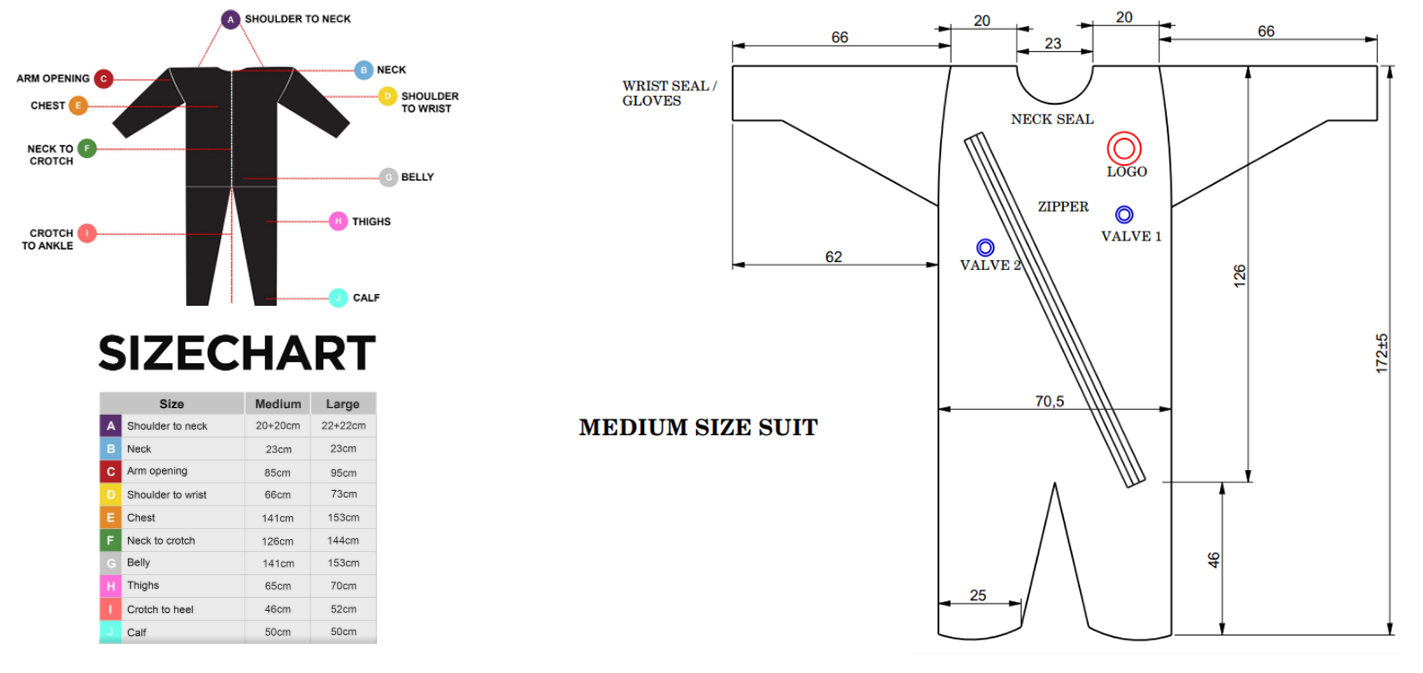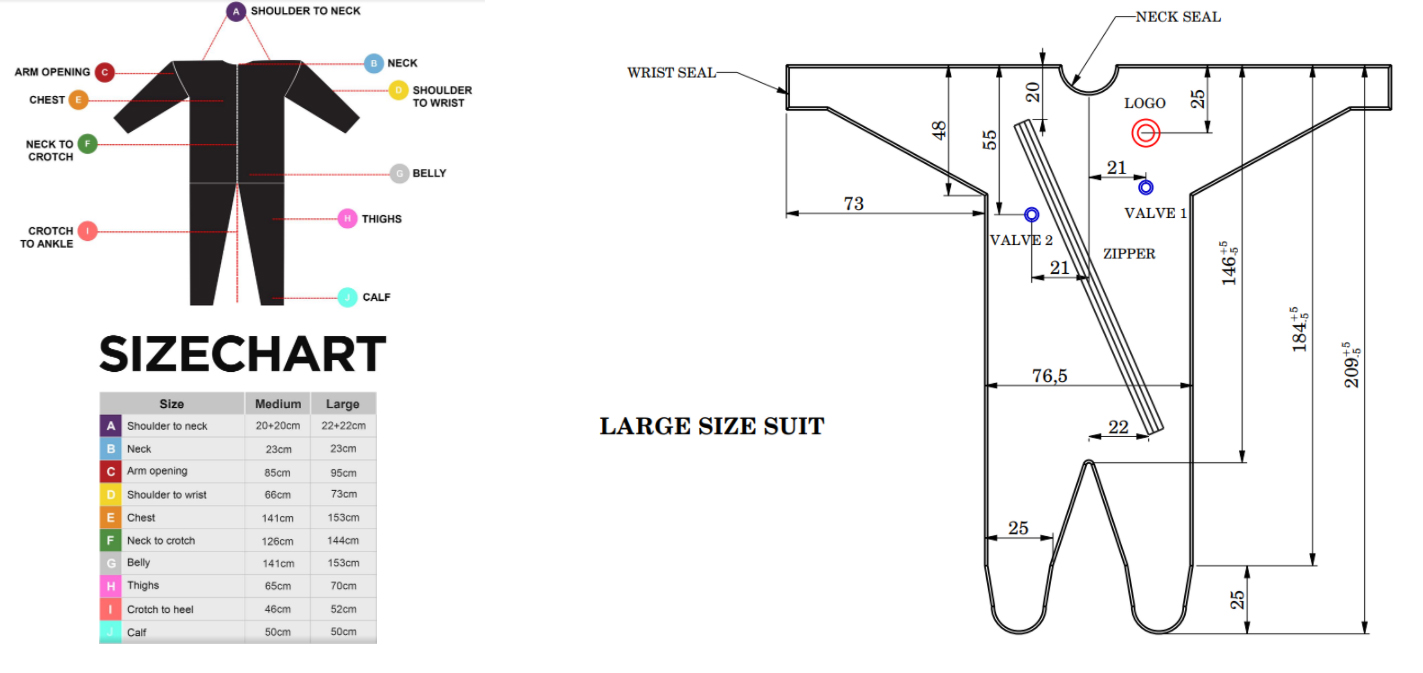Discover the Power of BodyStream: Transform Your Health with a Transcutaneous CO2 Bath
Imagine a life where every morning bursts with unstoppable energy, where aches and pains fade like distant echoes, where stress dissolves into a serene calm that wraps you like a warm embrace—all without ever stepping foot outside your door. Picture your skin glowing with youthful radiance, your body shedding unwanted fat effortlessly, and your mind sharpening to a razor’s edge, ready to conquer any challenge. This isn’t a fantasy—it’s the transformative reality of BodyStream, the world’s premier transcutaneous CO2 bath. Powered by the surprising genius of carbon dioxide (CO2), BodyStream blends cutting-edge science with soul-soothing luxury to redefine how you heal, feel, and thrive. Born from a legacy of medical breakthroughs—think life-saving therapies from a century past—this isn’t just a product; it’s your personal revolution, waiting to unleash the best version of you. Are you ready to step into a new era of wellness and rewrite your story? Let’s dive into the magic that’s about to change everything.
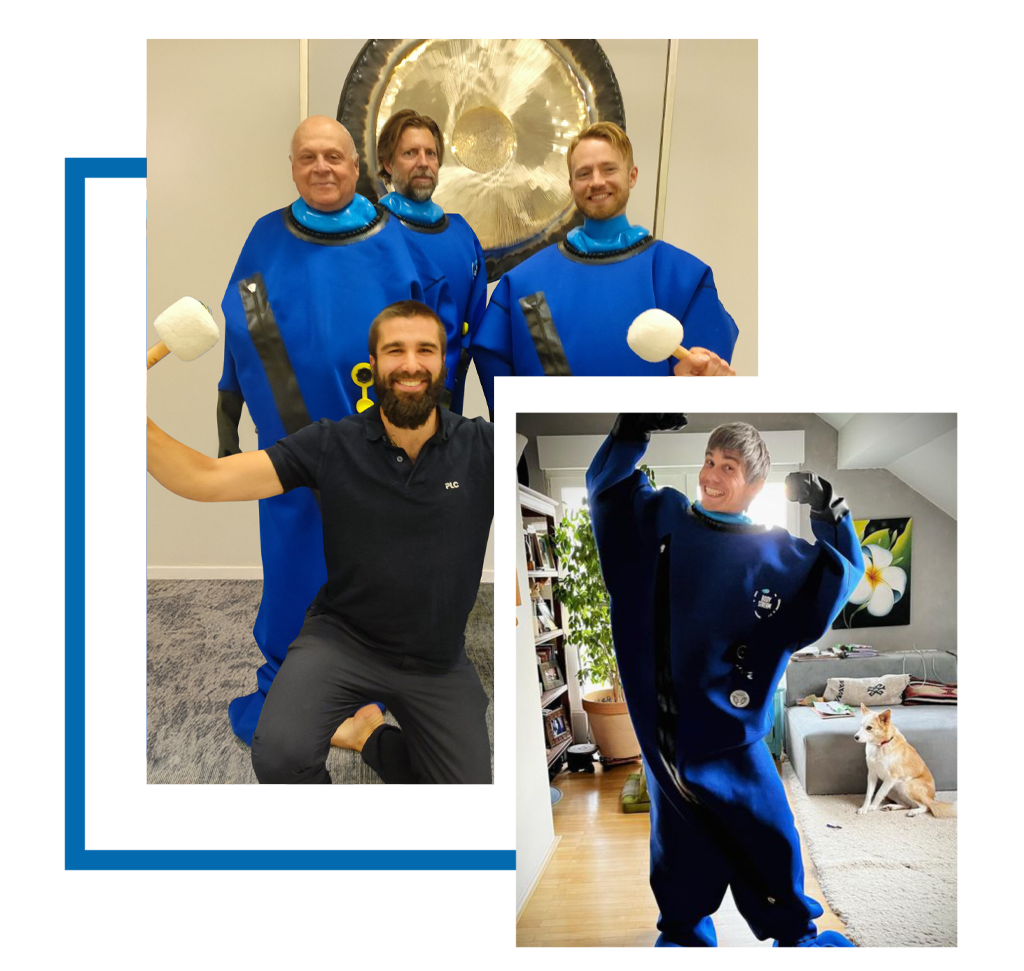
I won the Amateur Olympia Overall Champion and now I am an IFBB pro! ...I am grateful for the difference the [BodyStream CO₂] bath made in my recovery and results.
Derek Dolgner
IFBB Pro Bodybuilder

Why BodyStream? CO2 Therapy Like Never Before
CO2 isn’t a villain—it’s a hero your body’s been begging for. When it seeps through your skin, CO2 sparks a cascade of transformation: blood vessels widen, oxygen floods your tissues, and your cells light up with vitality. This isn’t hype—it’s history. A century ago, Yandell Henderson used CO2 to resurrect newborns and heal the poisoned. Now, BodyStream delivers that same power in a sleek, modern suit, offering benefits that touch every part of you:
- Ignite Explosive Energy: Fatigue becomes a memory as oxygen saturates your system, fueling endless days.
- Heal Like a Pro: From gym soreness to chronic wounds, turbocharged circulation cuts recovery time.
- Dissolve Stress Instantly: Users call it “a hug from the inside”—tension melts into pure calm.
- Reveal Stunning Skin: Cellulite fades, wrinkles soften, and your glow shines as CO2 boosts collagen and microcirculation.
- Burn Fat Effortlessly: A metabolism on fire means faster fat loss—your body sculpts itself.
- Soothe Pain Naturally: Achy joints, stiff muscles, swollen legs—relief arrives without a prescription.
- Sharpen Your Focus: Oxygen-rich blood to your brain delivers clarity for work, creativity, or life’s big moments.
- Sleep Like a Dream: Drift into deep, restorative rest as your body unwinds completely.
How BodyStream Works—Your Personal Wellness Sanctuary
BodyStream turns your home into a healing haven in three effortless steps:
- Step Inside: Slide into the lightweight, air-tight suit (your head stays free—breathe easy!).
- Vacuum & Fill: Air is gently sucked out, then pure, food-grade CO2 floods in, soaking your skin.
- Recharge & Revel: Lie back for 30-60 minutes—read, meditate, or nap as CO2 rewires your body.
Setup’s a snap, and the experience is pure bliss. Feel a warm, tingling embrace as circulation kicks into high gear. Many doze off mid-session, waking up reborn. No spa bills, no travel—just transformative therapy whenever you want it.
BodyStream Experiences
The Science That Fuels the Magic
BodyStream harnesses CO2’s superpower: the Bohr Effect. By boosting CO2 levels, it frees oxygen from your blood, delivering it straight to hungry cells. Research shows CO2 baths can increase blood flow by up to 400%, saturating tissues with life-giving oxygen. A 2016 study found six weeks of CO2 therapy reduced cellulite by enhancing skin elasticity. Henderson used it to heal lungs and limbs—BodyStream takes it further, targeting your whole body with precision. This isn’t guesswork; it’s physiology perfected.
TWO WAYS TO PAY
PAY WITH CARD
$
2000
MONTHLY FINANCING
$
84
/month
Based on 24-Month Financing Eligibility
Real Stories, Real Miracles
BodyStream isn’t just a product—it’s a lifeline. Here’s what users say:
- “My cramps vanished mid-session, and my skin’s silkier than ever!” – Maria, 28
- “As a rally driver, I need an edge. BodyStream drops my heart rate and heals me fast—I’m unstoppable.” – Anders, 35
- “At 82, my swollen legs were history, and my skin’s youthful again!” – Ellen, 82
- “Cellulite’s disappearing—I’m strutting with confidence I haven’t felt in years.” – Tara, 41
- “Post-lift soreness used to kill me. Now I’m back in the gym the next day, stronger.” – Jake, 30
- “My brain fog lifted—I’m sharper at work and sleeping like a baby.” – Priya, 39
- “Swelling from diabetes is gone. I feel 20 years younger!” – Tom, 67
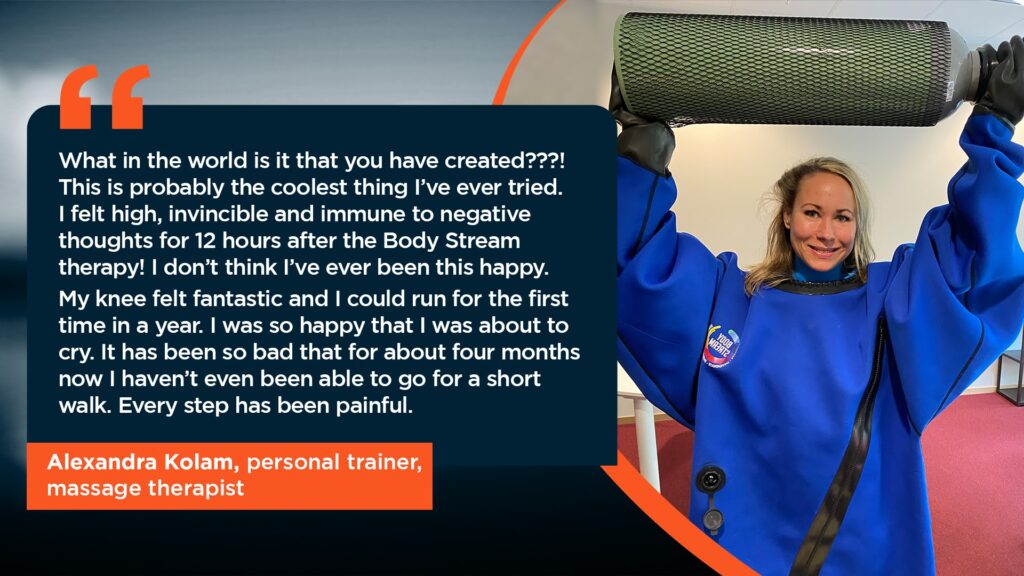
Who Needs BodyStream? You Do.
- The Overwhelmed: Trade chaos for calm with one session.
- The Fitness Driven: Recover faster, train harder—your secret weapon.
- The Pain-Weary: Soothe arthritis, injuries, or swelling naturally.
- The Beauty Obsessed: Firm skin, erase cellulite, and shine brighter.
- The Aging Boldly: Reclaim vitality—move, feel, and live younger.
- The Wellness Warriors: No complaints? Elevate your peak anyway.
- The Curious Souls: Discover a new frontier of health and feel the difference.
Why BodyStream Outshines the Rest
- Clinical Roots, Home Ease: Built on medical CO2 breakthroughs, tailored for you.
- Zero Risk, All Reward: Food-grade CO2, open-head design—safe as can be.
- Affordable Luxury: One investment, endless sessions—spas can’t compete.
- Perfect Fit: Sizes (S, M, L) for every body, maximizing comfort and CO2 delivery.
- Go-Anywhere Design: Compact and light—your wellness travels with you.
- Eco-Friendly Edge: Reusable suit, minimal waste—feel good inside and out.

BodyStream vs. Alternatives—There’s No Contest
- Spas: Costly ($100+ per session), inconvenient, and inconsistent. BodyStream? One price, unlimited uses, home comfort.
- Creams & Pills: Temporary fixes with chemicals. BodyStream heals naturally, head to toe.
- Massages: Relaxing but surface-level. BodyStream penetrates deep, targeting circulation and cells.
Why BodyStream Outshines the Rest
WHAT’S INCLUDED IN YOUR BODYSTREAM ORDER

BodyStream suit
BodyStream therapy suit for taking your CO2 baths
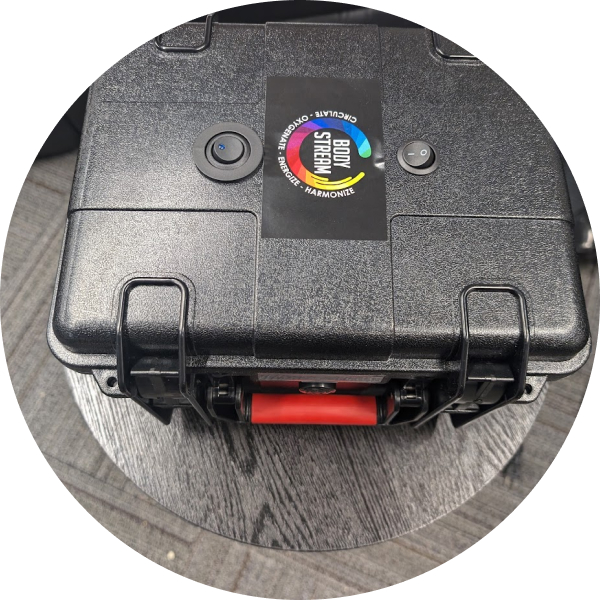
Electronic Control System

BodyStream Bag
To store and transport your
BodyStream Suit
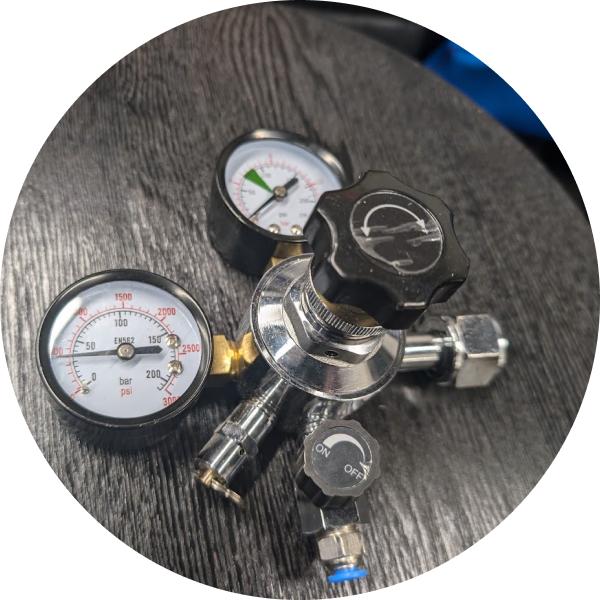
Regulator
Attaches to your CO2 tank with coiled tubing to attach to your inflation gun
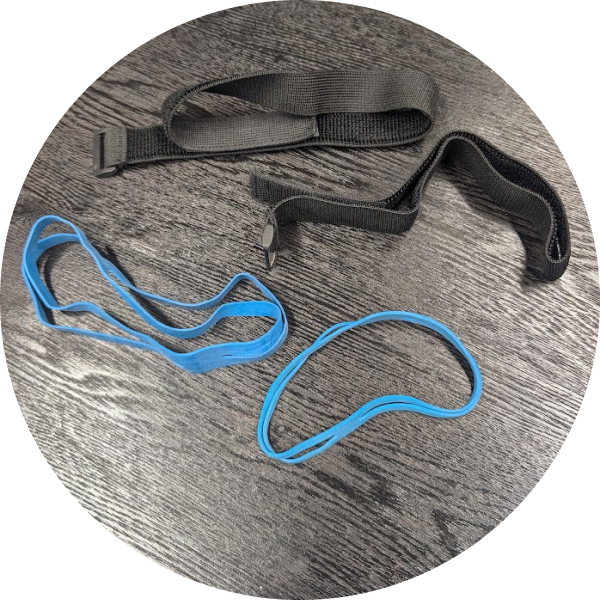
Neck Straps and Bands
These are used to close the adjustable neck system and allows for any size neck to be used with your BodyStream

Hose
Connects between the electronic control system and suit to vacuum out air and fill with CO2
Choose Your Size
FREQUENTLY ASKED QUESTIONS
Yes—BodyStream uses food-grade CO2, the same stuff in soda, and the open-head suit keeps it comfortable and non-invasive. You’re in control—stop anytime if it feels too warm or intense. It’s designed for broad use, but if you’re pregnant, have severe heart issues, or respiratory conditions like COPD, consult your doctor first to ensure it fits your health profile. Over years of CO2 therapy research, no serious risks have emerged when used as directed.
You’ll feel a lift in energy and a wave of calm after your very first session—often within 20-30 minutes. Skin improvements (like firmness or reduced cellulite) and deeper recovery benefits (like pain relief or fat loss) build over 2-6 weeks with regular use, typically 3-5 sessions weekly. A 2016 study showed visible cellulite reduction after 12 sessions, so consistency is your friend. Everyone’s body responds uniquely, but the buzz starts fast.
It’s a cozy, enveloping warmth—like sinking into a hot bath—paired with a subtle tingling as blood flow ramps up. CO2 is odorless and tasteless, so there’s no strange smell or discomfort. Some describe it as a “gentle hug” or “internal massage”—relaxing, not overwhelming. The vacuum step might feel snug for a moment, but it’s quick and sets the stage for the magic. Most users find it soothing enough to nap through.
For best results, aim for 30-60 minutes, 3-5 times a week—think of it like a workout for your cells. Newbies can start with 20-30 minutes once or twice weekly to ease in, then ramp up as you feel the groove. Even a single session delivers a noticeable boost—perfect for a quick reset. There’s no upper limit; some enthusiasts use it daily for an hour. Listen to your body—it’ll tell you what it loves.
Choose based on height and weight: Small (up to 5’6”, 150 lbs) for petite frames, Medium (5’7”–6’, 150-200 lbs) for average builds, Large (6’+, 200+ lbs) for taller or broader bodies. Bigger sizes use slightly more CO2 per session but ensure full coverage and comfort. Too small a suit might feel tight; too large might waste gas. Measure twice—our fit guide (included with purchase) nails it. All sizes deliver the same benefits.
You’ll need a CO2 tank—5-10 lbs is ideal, available at welding shops, beverage suppliers, or online (not included). A regulator and hose come with BodyStream, so you’re set to connect and go. Setup’s a breeze—takes 5-10 minutes with our step-by-step guide and video tutorial. No fancy tools required, just a tank refillable locally. It’s a one-time add-on for years of use.
Yes, with care! Kids (10+) and seniors love it for energy or pain relief, but start with shorter sessions—20-30 minutes at first—and supervise closely. For kids, it’s a gentle wellness boost; for seniors, it’s a circulation game-changer (think less swelling, more mobility). Adjust time based on comfort—shorter for smaller or frailer users. No age limit, just common sense and a guardian’s eye.
A 5-lb tank powers 10-15 hour-long sessions (15-20 if you stick to 30 minutes), depending on suit size and flow rate. A 10-lb tank doubles that—20-30 hours of bliss. Refills cost $20-40 locally (think beverage stores or gas suppliers), making it pennies per session. Store it upright, keep it cool, and you’re set for months. Our usage chart helps you plan—never run dry mid-session!
Your Transformation Awaits—Don’t Delay!
Every moment without BodyStream is a moment your body misses out on vitality, relief, and that radiant, unstoppable feeling. Thousands are already living this reality—don’t let them leave you in the dust. This isn’t just wellness—it’s a lifestyle upgrade you’ll wish you’d started sooner.
Exclusive Launch Deal—Time’s Ticking!
Freee shipping + a 30-day money-back guarantee. Not obsessed? Return it, no sweat. Stock’s vanishing—secure yours before it’s too late!
Price: $2,000 (or as low as $84/month with financing)
In Stock—Ships Within 24 Hours
Sizes: Medium, Large—pick yours at checkout. CO2 tank not included.
Choose Your Size
Bonus: Join the BodyStream Community
Order now and get access to our exclusive online group—tips, success stories, and live Q&As with CO2 therapy experts. You’re not just buying a product; you’re joining a movement.
Step Into Your Best Self with BodyStream
This isn’t a bath—it’s a breakthrough. From your first session, you’ll step out lighter, sharper, and more alive than you dreamed possible. Why settle for tired, achy, or average when extraordinary is waiting? BodyStream isn’t just about feeling good—it’s about feeling you, at your peak.
BodyStream: Where Science Meets Serenity.
Claim yours today and rewrite your story—starting now.

